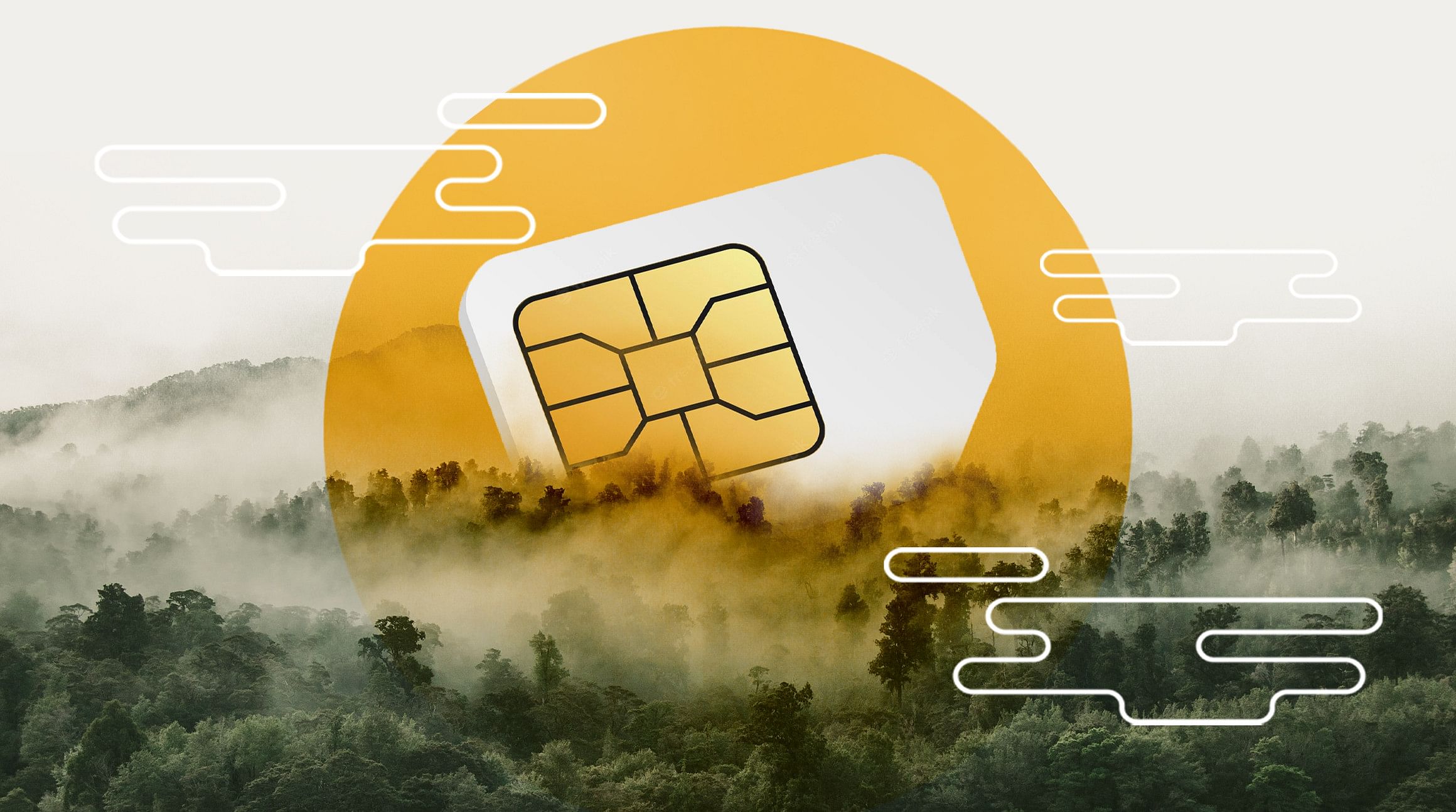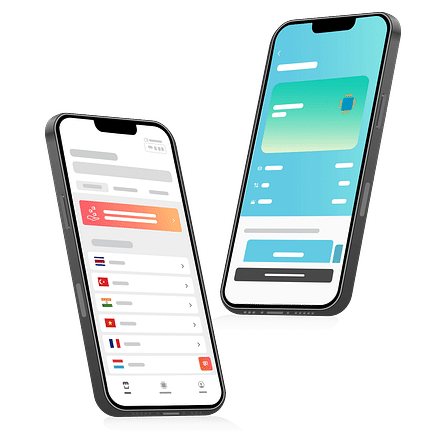
Over the past 20 years, SIM manufacturers have attempted to cut plastic, minimize packaging, and introduce environmentally friendly practices. While these changes are a step in the right direction, the scale of SIM card production continues to contribute to rising greenhouse gases.
A benefit of eSIM technology is that it doesn't require the same amount of plastic and packaging as a physical SIM card. Aside from the chip itself (a tiny 2.5 x 2.3 mm), an eSIM is entirely digital. It doesn't require the same amount of raw materials, packaging, and shipping as a traditional SIM.
Here's a closer look at SIM production's toll on the environment and why an eSIM is a viable alternative.
How Much Waste Do SIM Cards Produce?
Nearly five billion SIM cards are produced annually. And, despite their small size, SIM cards have an immense environmental impact.
Manufacturing SIMs and distributing them to mobile customers requires raw materials, energy, chemicals, paper, and plastic — all for a product that will be tossed after use. Most of the resources needed for SIM production end up in landfills or as pollutants by the end of their journey.
Although the size of the SIM chip has shrunk over time, the scale of SIM production continues to contribute to global waste, pollutants, and CO2 emissions. The typical SIM still comes in a credit card-sized piece of plastic that you immediately throw away. And each time a mobile subscriber exchanges SIM cards, that waste is compounded.

What Is an eSIM?
An eSIM is an embedded SIM card. It's a tiny reprogrammable chip built into a device's hardware. It serves the same function as a physical SIM and connects a mobile subscriber to a carrier's network. But it works 100% digitally.
You can think of an eSIM as a digital SIM. You don't have to physically handle it to connect to a mobile network. Instead, you can download an eSIM data plan, install it on your device, and get online in minutes. And you can store multiple eSIMs on most devices, making it easy to switch between plans.
Are eSIMs More Sustainable?
According to an independent study, one eSIM emits 46% less CO2 throughout its product lifecycle than a single SIM card. eSIMs require less plastic in production and packaging and use less energy in transportation and distribution, giving them a much smaller carbon footprint.
You don't need to exchange an eSIM to connect to a provider's network. In fact, you don't need to handle one at all. Downloading, installing, and activating an eSIM is done through your smartphone. There's no need to contact your carrier, purchase a new SIM card, or discard your old one. In this way, eSIMs produce significantly less waste over time.

Is Digital the Way to Go?
Over the long term, eSIMs are far more efficient and sustainable than traditional SIM cards. They're not only convenient for end users, but they're also a more green and sustainable option for the planet.
The supply of plastic SIM cards is made to match demand. If we collectively switched to eSIM technology, fewer and fewer tons of SIM card plastic would be wasted every year. It's certainly a step in the right direction.
How to Live More Sustainably
Switching to eSIM technology is just one way to make better choices for the planet. Ideally, it accompanies sustainable habits that move us toward a greener future. Here are a few suggestions to implement in your everyday life:
- Go plastic free
- Use recycled materials
- Minimize food waste
- Reduce your household energy use (e.g., use green light bulbs)
- Cut down on water usage
- Go paperless
- Sell and donate unwanted items (including electronics)
- Support businesses with sustainable practices
- Use products with minimal or reusable packaging
- Buy less and repurpose more
Curious to learn more? Follow these tips to travel more sustainably.


